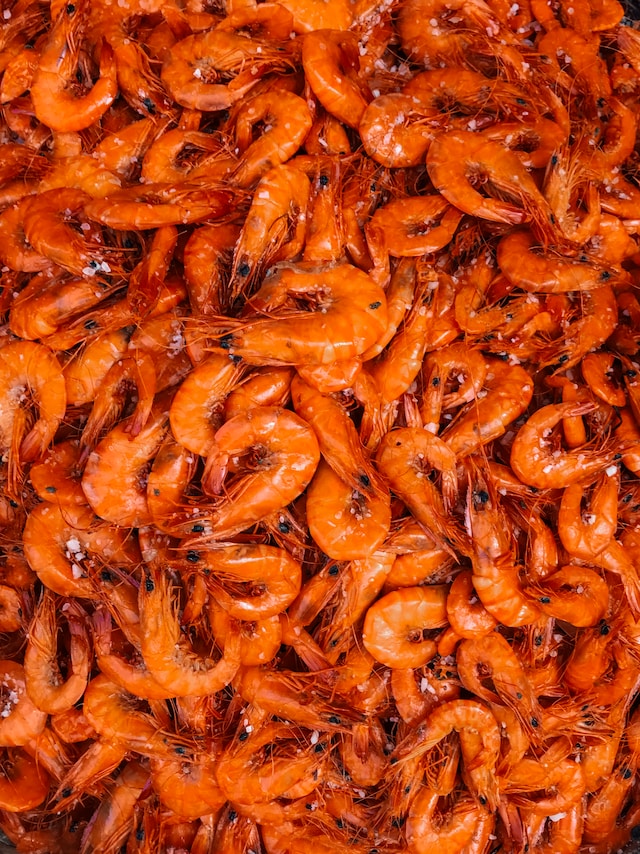W9 Shrimp Update: Vietnam's Growth Amid Challenges, Ecuador's Short-Term Struggles in 2024

Vietnamese Shrimp Exports Surge in Jan-24, Face Uncertainties Ahead
Vietnam's shrimp export sector witnessed a positive start to 2024, with significant year-on-year (YoY) growth observed in Jan-24. However, potential challenges remain, requiring careful monitoring and strategic responses from both businesses and the government. Shrimp exports in Jan-24 reached USD 242 million, representing a 71% YoY increase compared to Jan-23. All key export markets experienced positive YoY growth in Jan-24, including China (+190%), the United States (+ 77%), Japan (+30%), and South Korea (+21%).
The increase in Chinese demand due to the Lunar New Year and post-pandemic consumer spending contributed significantly to the overall export growth. Additionally, the challenges Ecuadorian competitors face in the Chinese market present an opportunity for Vietnamese shrimp exports, which grew nearly threefold in this market, reaching USD 42 million.
Despite the initial positive trends, the future outlook for Vietnamese shrimp exports remains uncertain. The beginning of the year witnessed slow order placement and low purchasing prices, making competition with Indian and Ecuadorian shrimp challenging. The off-season for raw materials and concerns about shrimp diseases are leading to lower output. Potential anti-subsidy taxes in the US market pose a barrier for both Vietnamese exporters and US importers. The Vietnam Association of Seafood Exporters (VASEP) predicts that oversupply and a price reduction cycle may persist until at least the H1-24.
Shrimp farming enterprises propose measures to stabilize input costs, such as shrimp feed prices and improved quality control for shrimp seeds. Industry stakeholders seek active support from authorities regarding ongoing tax investigations and export quota issues in the US market.
Ecuadorian Shrimp Exports Face Short-Term Challenges in 2024
Ecuador's shrimp exports experienced a 6% YoY decline in Jan-24, reaching 216.3 million pounds (lbs). Notably, exports to China, the largest export market, witnessed a 14% YoY decline in Jan-24, with volumes reaching 112 million lbs. The full extent of the impact on Chinese demand is yet to be determined. However, potential delays and additional inspections pose a risk of reduced demand in the short term, potentially impacting shrimp prices.
The Ecuadorian shrimp industry is addressing a recent incident involving the detection of sodium bisulfite residue exceeding permissible levels in a shipment of shrimp exported to China. This incident has triggered stricter inspections by Chinese customs authorities, impacting the industry in the short term. The Ecuadorian Shrimp Producers Trade Association (CNA) acknowledged the detection of sodium bisulfite residue exceeding the allowable limit in a single shrimp shipment to China. The incident has heightened scrutiny from Chinese customs, leading to stricter inspections and delays at Chinese ports, particularly in Tianjin. While the long-term impact remains unclear, the immediate consequence is potential disruption to short-term demand in China and potential downward pressure on shrimp prices.


